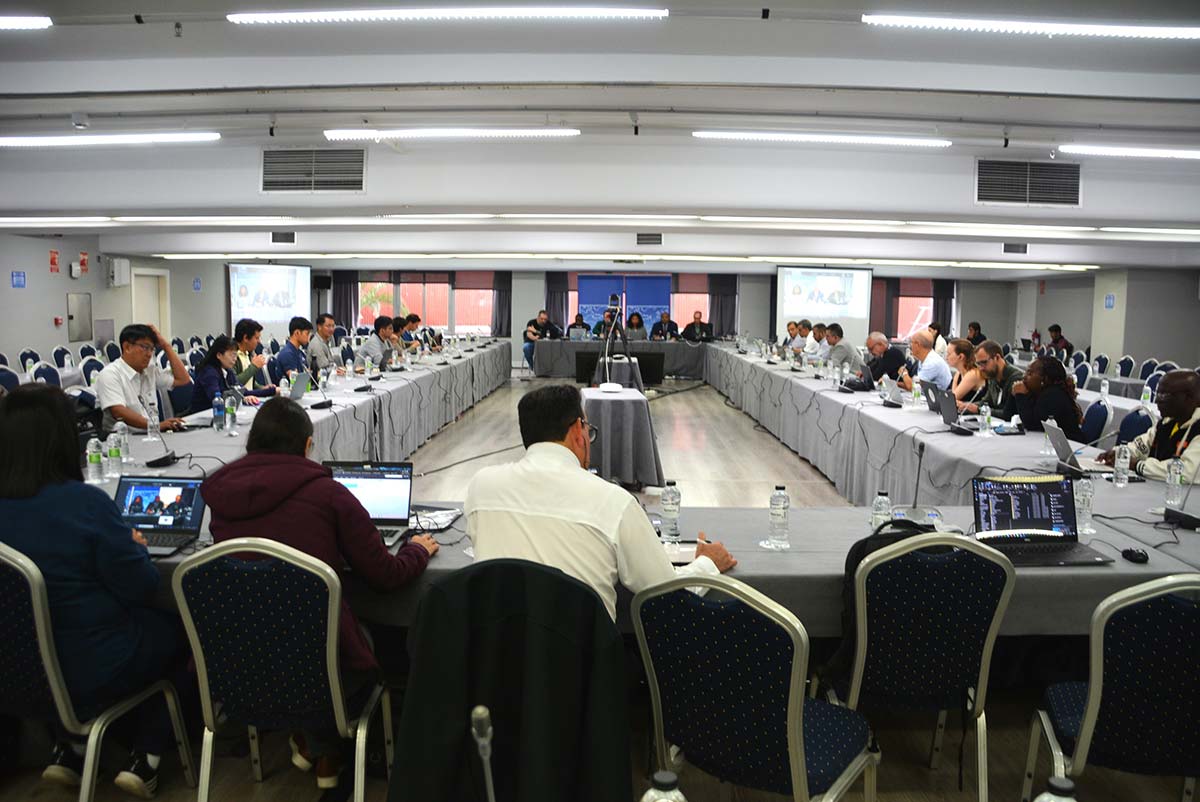
The United Nations for Atlantic tuna fishing meets this week in the Mideast.
As we wind down another offshore season, highly migratory species (HMS) permit holders may want to pay close attention to national and international headlines in the coming days and weeks. With the geopolitical world embroiled in conflict, the International Commission for the Conservation of Atlantic Tunas (ICCAT) is meeting this week – of all places given the unrest in that region – in New Cairo (Egypt).
ICCAT is an international coalition that oversees the conservation and management of a variety of Atlantic marine species, including tunas, swordfish, marlin and sharks, and adopts measures to minimize bycatch associated with these fisheries. This responsibility is shared among ICCAT’s 52 members, including the United States which sends a delegation of appointees to these international meetings to represent our national interests on these shared stocks of fish.
While commercial and recreational fishing interests are often at odds in terms of national and state management efforts, when it comes to ICCAT the two sectors work together to essentially bring the most quota back home to the United States to share amongst the user groups. On the recreational side, New Jersey’s Ray Bogan was appointed to the role of U.S. recreational commissioner to ICCAT by the Obama administration back in 2016. There have been rumblings about the Biden administration looking to replace Capt. Bogan with a fresh young face, but thus far he continues to travel with the U.S. delegation to represent our highly migratory species interests.
Earlier this year, the State Department did announce that Leigh Habegger was appointed as the new commercial delegate to the commission, replacing Glenn Delaney who had recently resigned his post. Habegger is the Executive Director at Seafood Harvesters of America, where according to her LinkedIn page she’s been employed for the past 5 years.
Typically, folks who represent U.S. interests at ICCAT cut their proverbial teeth in advisory roles. According to NOAA Fisheries, the Advisory Committee to the U.S. Section to the ICCAT was established under the Atlantic Tunas Convention Act, with the committee comprised of individuals representing commercial industries, recreational fishing organizations, environmental groups and academia. Committee members are nominated every 2 years and give advice to U.S. ICCAT commissioners (like Bogan and now Habegger) on international issues related to the conservation and management of Atlantic highly migratory species.
This ICCAT advisory committee generally meets twice a year (for information on getting involved you can contact the committee’s executive secretary, Bryan Keller, at [email protected].) Spend some time as an advisor, and you too could be tabbed by a future POTUS to be the next overseas representative for the United States in the global debate over highly migratory species.
One local advisor I spoke with prior to his departure for Egypt to attend the ICCAT meeting is my friend Rick Weber from South Jersey Marina in Cape May who explained that a couple of big issues being tackled this week will be bigeye tuna and swordfish. Weber explained that the overfishing of juveniles poses a potential problem in the bigeye fishery, as the size of the bigeye harvested for sale (or in management terms, the selectivity of the fishery) in some areas of the world has gone down.
A big obstacle to sensible bigeye management is the use of fish attracting devices (FADs) meant to aggregate skipjack tuna for purse seining which has also attracted both bigeye and yellowfin. However, because many of the bigeye being purse seined are smaller in size, it has resulted in more numbers of bigeye being caught under the larger poundage allowance. In other words, the total allowable catch (TAC) on bigeye at stock level continues to go down to accommodate the greater number of smaller fish actually being seined.
Several participating ICCAT nations have developed potential plans for bigeye management, but it’s still unknown which final plan will ultimately land on the table. “We’ve been working on the bigeye fishery for the past 6 years, continuing to roll over plans, but maybe this year we will see progress,” said Weber who is one of the recreational advisors for ICCAT Advisory Committee. He added, “However, historic evidence would make that seem unlikely.”
Another highly migratory fishery up for debate this week is Atlantic swordfish which has a new management concept applied to the fishery called management strategy evaluation (MSE). Similar to the way bluefin tuna is managed, MSE is a collaborative management process between scientists and decision-makers that utilizes computer models to monitor stock status, with the ultimate goal of providing long-term stability in the fishery. How algorithm based management in fisheries will work and what it will look like in the swordfishery is unknown.
There should be good news on the bluefin front according to a report issued prior to the meeting as the total allowable catch for this tuna species is expected to remain in place through the 2024 season, meaning bluefin hunters should expect the same regulations next season as we have now.
To our U.S. reps traveling to the Mideast this week to talk tuna at a time of major unrest, God bless, and thank you for your service to America’s fishermen!




